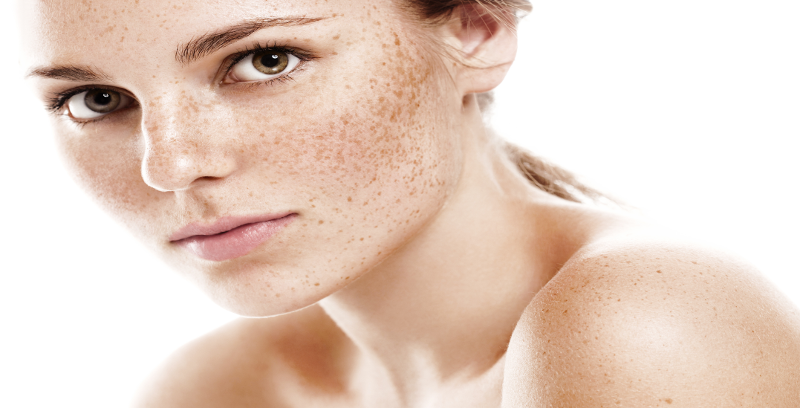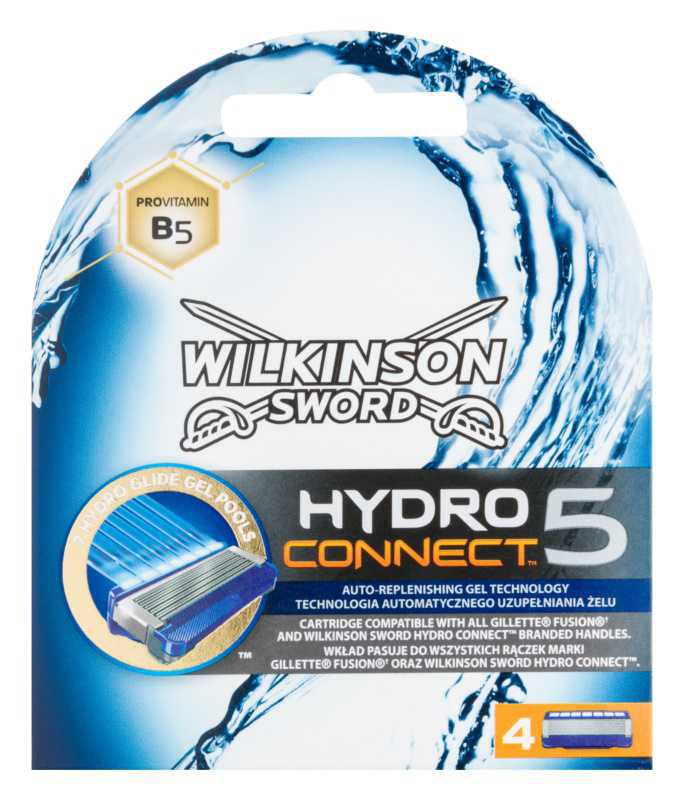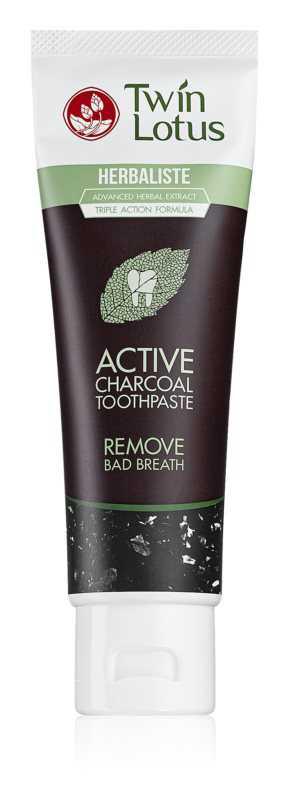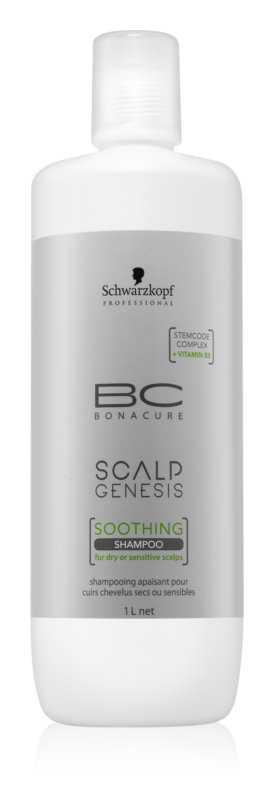
Genes and excessive tanning are most often responsible for the appearance of hyperpigmentation on the skin. Fortunately, there are ways to effectively remove skin discolorations.
Each of us has spots and freckles on our body. The main cause is UV rays. We expose the body to the sun, forgetting about any protection, or we apply creams with low UV filters. In autumn, when the tan disappears, we notice unsightly discoloration on the skin.
However, the cause of discoloration is not only the sun. They are often caused by the use of certain medicines, cosmetics and herbs. Infections and hormonal disorders as well. It happens that the tendency to stain is inherited from parents. Discoloration can be covered with a concealer, foundation or self-tanner. We will get rid of small spots using proper whitening creams.
Removing discoloration at the dermatologist
For a dermatologist, skin treatment depends on the amount of hyperpigmentation. They are tested using a Wood lamp. It happens that some discoloration cannot be completely removed. They are only brightened, which makes them less visible.
Surface treatment involves the use of bleaching agents. The most well-known and used for 40 years is hydroquinone, in a concentration of 1.5 to 8 percent. First of all, it whitens newly discoloration. Visible results can be expected after a few weeks. A side effect is the color change of the skin around the discoloration.
Retinoids, e.g. vitamin A acid, work effectively and do not cause skin discoloration. The mechanism of action is a disorder of melanin production. Retinoid treatment lasts up to 3 months.
Azelaic acid has also been used since the early 1980s. Most often in removing post-inflammatory and acne discoloration. Its use can cause redness and burning of the skin.
Deep treatment helps with large pigmented lesions. Chemical peels (so-called chemabrasion) are popular. A qualified beautician or dermatologist exfoliates the skin with glycolic, trichloroacetic (TCA) or kojic acid. Glycolic acid in high concentrations (50-70%) reduces excessive pigmentation of the epidermis and stimulates the development of normal, intact cells. Peels performed simultaneously with several preparations: glycolic acid, TCA and kojic acid are becoming increasingly popular. This reduces the risk of skin irritation and improves the effectiveness of the treatment. Thanks to this, you do not have to stay at home for several days. You will achieve the best results by applying a whitening cream in the morning and evening and undergoing stronger chemabrasion treatments in the office.
Microdermabrasion is the mechanical removal of the stratum corneum using abrasive discs. You will do the treatment with a dermatologist.
Cryotherapy helps with lenticular patches. Skin lesions are destroyed by spotlights
freezing or spraying with liquid nitrogen, then cut. This is effective, but the consequences are scars. The procedure is performed by a doctor.
Types of discoloration
Freckles - appear on the face, neckline, back of the arms and neck. They are usually yellow-brown, irregular and have a size of 1-2 mm. They brighten in the winter, but in the summer they become darker and new ones often "spill out".
Lentil stains - arise in places exposed to the sun (on the face, hands and lower part of the neck). They have a regular shape and their color is even, from brown to black. They reach from 1 mm to several centimeters and can connect with each other.
Melasma - called Chloasm. Discoloration of irregular shape and color from light brown to dark brown. Symmetrically, it occurs on the cheeks, forehead or above the upper lip in women aged 30-35. It appears during pregnancy, but also when we take the contraceptive pill and sunbathe. The cause may also be endocrine disorders or liver diseases. Melazma can also be hereditary.
Riehl melanosis - a reticulate discoloration on the temples, cheeks and side surfaces of the neck with the unchanged area of the skin under the chin. The reason, in addition to the sun, can be cosmetics, photosensitizing substances and some foods.
Phototoxic reactions - the reason is contact with a photosensitizing substance, followed by exposure to the sun. They are caused by plants (e.g. dill, celery, St. John's wort, angelica), bergamot oil, medicines (e.g. sedative, hormonal, diuretics, antibiotics) and herbs.
Melanin produced by melanocytes, located in the deepest layer of the epidermis, is responsible for the color of our skin. It is formed under the influence of the tyrosinase enzyme and accumulates in melanosomes. There are two types of melanin: pheomelanin, lighter that cannot effectively protect the skin against UV rays, and eumelanin, darker and better sun-protecting. The color of our skin depends on the type of melanin, but also on the size of the melanosomes. The larger they are, the darker the complexion. Melanin primarily has protective functions. It is created under the influence of UV rays, hormonal factors and genetic conditions and is to protect our skin. This does not mean, however, that the more tanned we are, the better we are protected. In our melanocytes, mainly pheomelanin is formed, which is able to take a small dose of sun. Without proper protection, more of it causes burns, free radical development, DNA damage and disorders in the process of skin pigmentation, resulting in discoloration.






